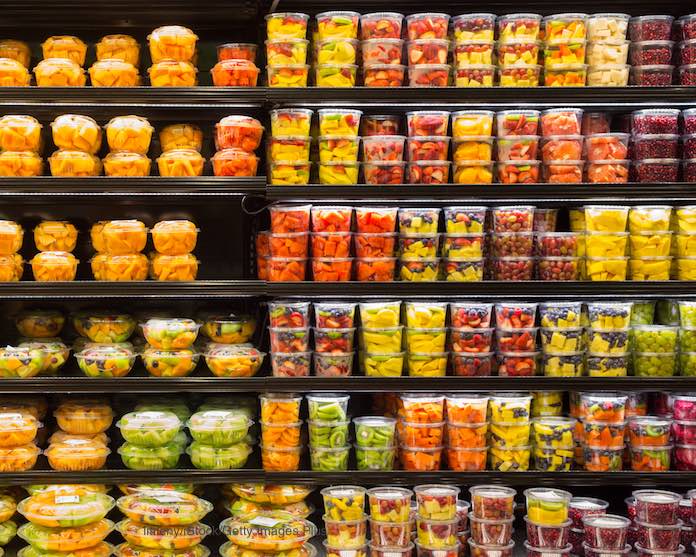The Tailor Cut Produce Salmonella outbreak marks the third time in 18 months that a fruit mix containing pre-cut melon has been linked to Salmonella illnesses. The outbreak was first reported by the Pennsylvania Department of Health which identified 31 lab-confirmed cases of Salmonella Javiana infections at four healthcare facilities in the southeastern part of the state. The illnesses include patients at two hospitals and residents at two nursing homes.

The Centers for Disease Control and Prevention (CDC) is using a genetic testing method called Whole Genome Sequencing (WGS) to identify the genetic fingerprint of the outbreak strain and has confirmed 11 cases in two states, 10 in Pennsylvania and one in Minnesota. The Minnesota patient was exposed to the contaminated fruit while traveling in New York.
It’s the third time since the summer of 2018 that pre-cut fruit has been linked to a Salmonella outbreak Both of the other outbreaks were linked to cut fruit produced by Caito Foods of Indianapolis.
The First Caito Pre-Cut Melon Outbreak
The first Salmonella outbreak linked to pre-cut melon from Caito Foods sickened 77 people in nine states before ending in July 2018. Thirty-six people were hospitalized. The illnesses were reported from April 30 – July 2, 2018 among patients ranging in age from 1 to 97.
The Salmonella lawyers at Pritzker Hageman filed a lawsuit on behalf of one Ohio woman who was sickened. According to the lawsuit, the plaintiff and her daughter purchased a pre-cut fruit product produced by Caito from a Walmart store in Findlay, Ohio. One day after she ate the fruit, our client developed symptoms of a Salmonella infection which include stomach cramps and diarrhea which can be bloody. She was later admitted to the hospital with a pervasive Salmonella infection
The Second Caito Pre-Cut Melon Outbreak
Months after that outbreak ended, the second Salmonella outbreak linked to pre-cut fruit from Caito Foods began. This time, the outbreak strain, Salmonella Carrou, sickened 137 people in 10 states. Thirty-eight people were hospitalized. The illnesses were reported from March 3 to May 1, 2019, among patients ranging in age from less than one year old to 97 years old.
The implicated fruit mixes all contain melon. Because it grows on the ground, melon can be exposed to more pathogens. Any nick in the skin can allow the pathogen to enter the flesh of the fruit or slicing into the fruit can carry the bacteria inside.
The net-like skin of cantaloupe melon is adept at hanging on to the bacteria once it is introduced, researchers say. And the rate that bacteria multiplies depends on the storage temperature of the melon.
For consumers, this means that buying whole fruit may be the safer bet. When preparing it at home, giving the melon a good scrub before slicing it and eating it quickly are also key. Be sure to store whatever you don’t eat right away in a refrigerator that is below 40˚F and eat it as soon as possible.
If you or a loved one is part of this outbreak and you would like a free consultation with our Salmonella Team, call us at 1-888-377-8900, text us at 612-261-0856 or, complete the form below.